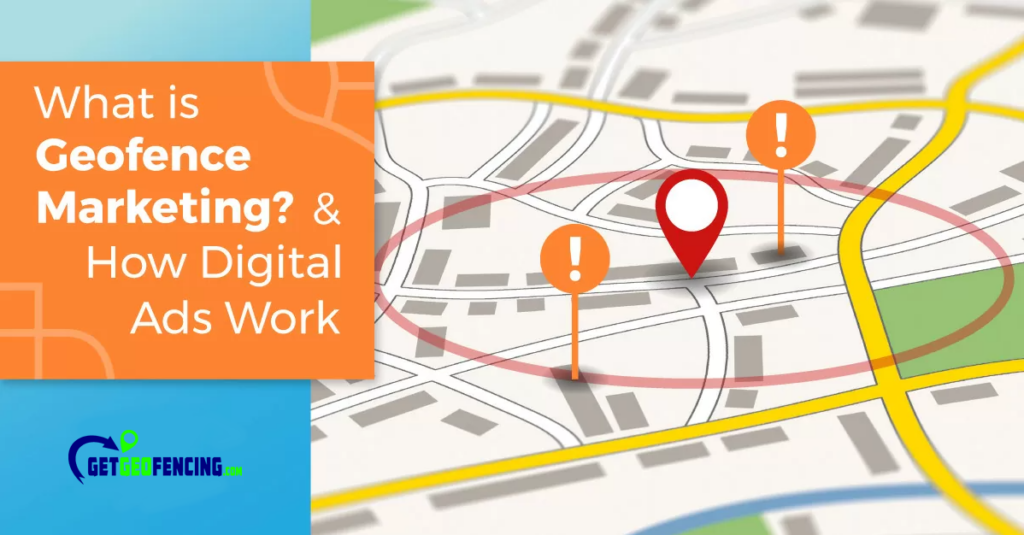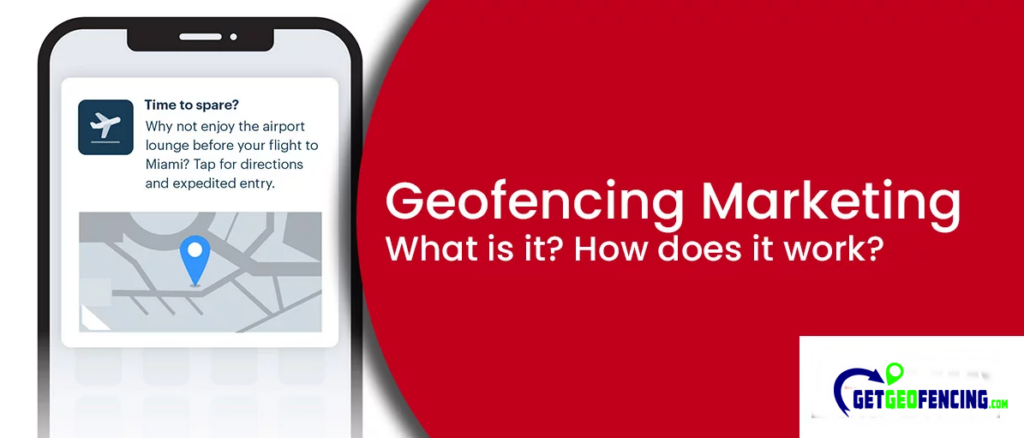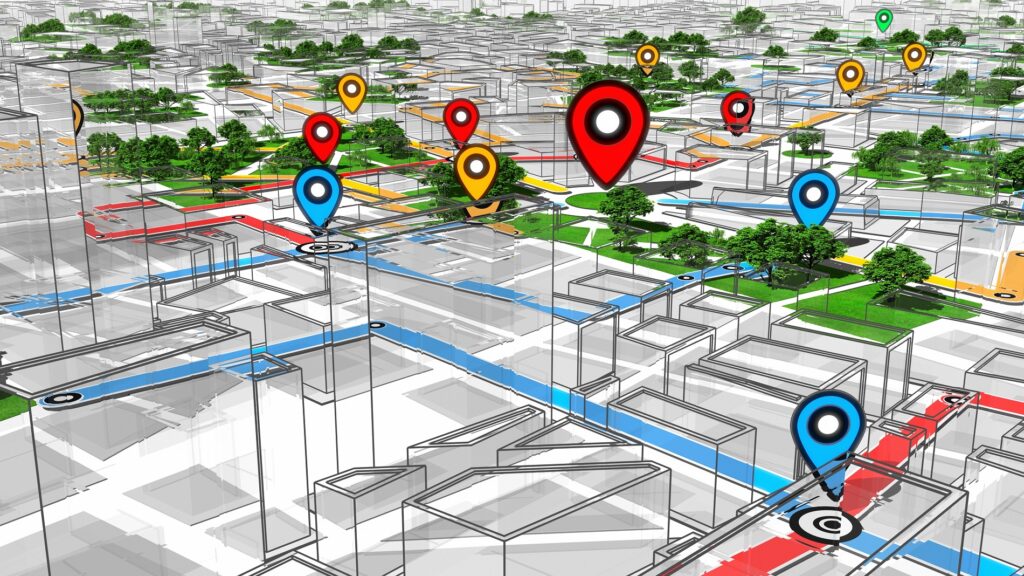Geofence Marketing for Commercial Real Estate
Unlocking the Potential: How Geofence Marketing is Revolutionizing Commercial Real Estate

Overview of Geofence Marketing for Commercial Real Estate
Geofence marketing is an innovative approach that is gaining traction in the commercial real estate industry.It utilizes location-based technology to deliver relevant messages to mobile device users within specific geographical boundaries. Its effectiveness in targeting potential buyers and sellers in specific locations makes it a valuable tool for real estate professionals seeking to increase their reach and engagement.
Geofence marketing allows real estate professionals to create a virtual boundary, known as a “geofence,” around a specific location. When a mobile device enters this designated area, it triggers the delivery of targeted advertisements or messages. This form of marketing leverages location-based technology, enabling businesses to engage audiences with personalized content based on their location. The benefits of geofence marketing include increased engagement, improved lead generation, and enhanced customer experience.
For example, a commercial real estate agent could create a geofence around a shopping center that is up for lease. When potential tenants enter the geofenced area, they receive targeted advertisements about the available space, highlighting the benefits and features of the property. This targeted approach increases the chances of attracting interested parties and generating leads. Geofence marketing also allows real estate professionals to tailor their messaging based on specific locations, ensuring that they are delivering the right content to the right audience at the right time.

Understanding Geofence Marketing
Geofence marketing centers on the creation of a virtual boundary or “geofence” around a specific location. When a mobile device enters this designated area, it triggers the delivery of targeted advertisements or messages. This form of marketing leverages location-based technology, enabling businesses to engage audiences with personalized content based on their location. The benefits of geofence marketing include increased engagement, improved lead generation, and enhanced customer experience.
To understand geofence marketing better, imagine a real estate developer who wants to attract potential buyers to a new housing development. By creating a geofence around the development, the developer can deliver targeted advertisements to mobile users who enter the area. These advertisements can showcase the features and amenities of the development, enticing potential buyers to learn more and visit the site. Geofence marketing allows real estate professionals to reach their target audience at the right place and time, increasing the chances of engagement and conversion.
One essential aspect of geofence marketing is the ability to customize messages based on location. For example, a real estate agent could create different geofences around various neighborhoods and deliver personalized messages to potential buyers in each area. These messages could highlight the unique features of the neighborhood, such as nearby schools, parks, or shopping centers, to attract buyers who are specifically interested in those aspects. By tailoring the content to the location, geofence marketing ensures that the message resonates with the target audience, increasing the likelihood of a positive response.
The Impact of Geofence Marketing in Real Estate
Geofence marketing has a significant role in the commercial real estate industry. By delivering tailored content to potential buyers and sellers within a specific location, it effectively captures their attention and encourages interaction. Furthermore, geofence marketing allows real estate professionals to showcase their expertise and value in the market, enhancing their credibility and fostering trust among clients.
An example of the impact of geofence marketing in real estate is the ability to target potential buyers who are actively searching for properties. Real estate agents can create geofences around open houses or properties for sale, ensuring that mobile users in the vicinity receive targeted advertisements about these listings. This targeted approach increases the chances of attracting interested buyers and generating leads. Geofence marketing also allows agents to showcase their knowledge of the local market by delivering relevant content to potential clients in specific neighborhoods or areas.
Another way geofence marketing impacts the real estate industry is by enabling professionals to stay top-of-mind with potential clients. By creating geofences around areas of interest to their target audience, such as popular shopping centers or business districts, real estate professionals can ensure that their brand and message are consistently in front of potential clients. This consistent exposure helps build brand recognition and establishes the real estate professional as a trusted authority in the market. As a result, when potential clients are ready to buy or sell, they are more likely to reach out to the real estate professional they have seen through geofence marketing.
In summary, geofence marketing has a significant impact on the commercial real estate industry. By delivering targeted content, showcasing expertise, and fostering trust, it helps real estate professionals reach their target audience and achieve their business goals. Geofence marketing is a powerful tool that can enhance lead generation, increase engagement, and drive success in the competitive real estate market.


